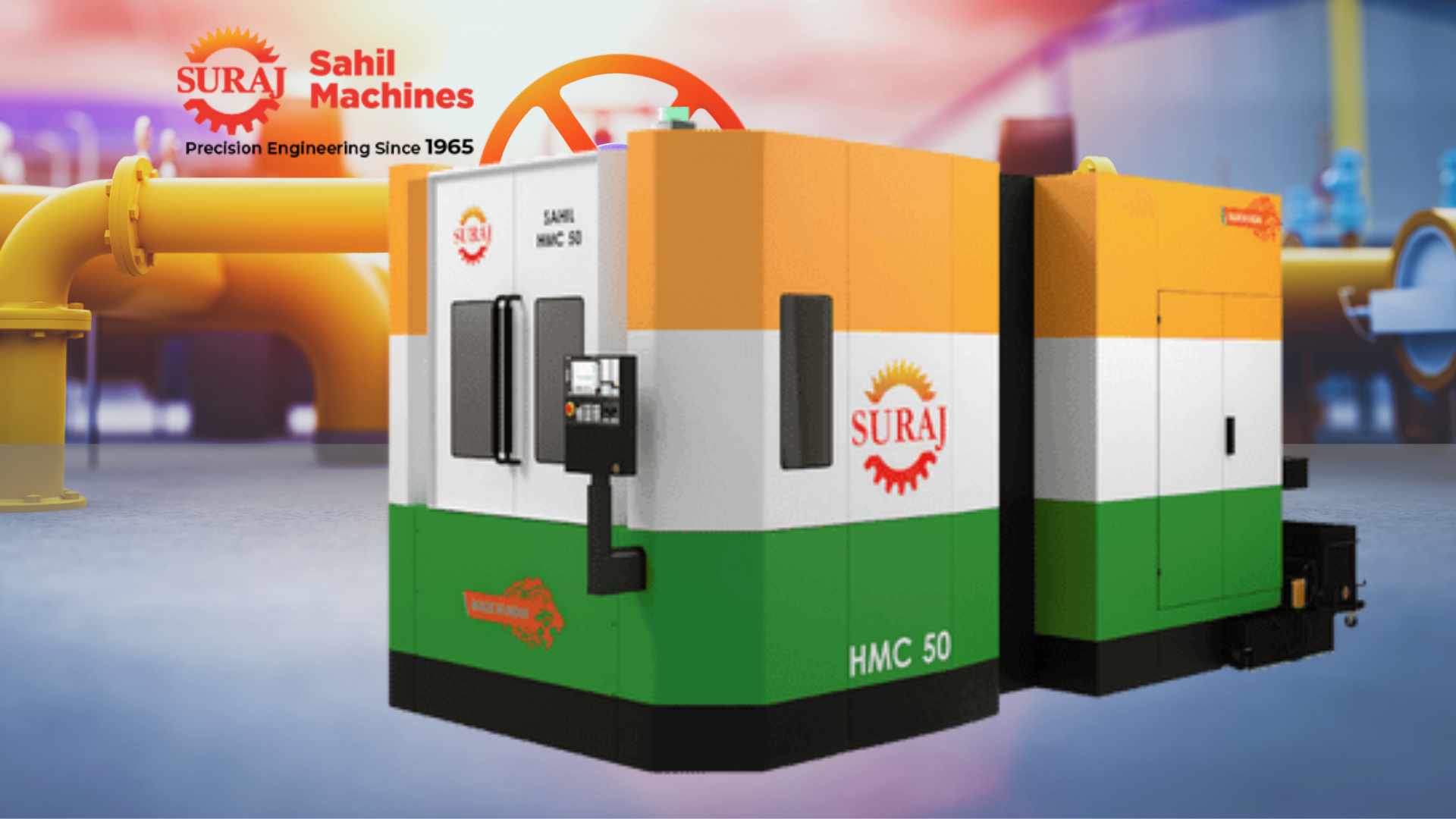The Versatility of Factory Environments' Cast Iron Marking and Layout Tables
Cast iron marking tables and layout tables are essential in precision manufacturing, offering unmatched stability, accuracy, and durability. Discover their key features, and applications, and why they remain irreplaceable in modern industrial setups.

April 01, 2025
Share:
Cast iron marking tables and layout tables are simple yet crucial manufacturing tools that support precision tasks like marking, measuring, assembly, and quality control. Despite technological advancements, these tables remain irreplaceable in modern manufacturing environments.
Core Characteristics and Benefits
Structural Stability
Cast iron marking tables are renowned for their stability and durability, featuring:
- Robust construction that minimizes vibration
- High mass to maintain consistent operating conditions
- Resistance to deformation and warping
- Long-term dimensional stability
- Superior dampening properties
Precision Engineering
The manufacturing process of these tables ensures elite quality:
- Precision-ground surfaces for extreme flatness
- Engineered ribbed designs for maximum support
- Strategic support placement to maintain levelness
- Uniform material composition for consistent properties
- Fine surface finish for smooth operations
Applications Across Industries
Manufacturing and Assembly
Cast iron tables enhance various manufacturing processes, including:
- Precision part layout and marking
- Component assembly and alignment
- Template creation and replication
- Quality control measurements
- Fixture mounting and installation
Quality Control
These tables provide a reliable surface for quality checks:
- Dimensional verification
- Flatness testing
- Assembly verification
- Surface finish inspection
- Geometric measurement
Design Features and Options
Surface Configurations
Modern cast iron tables offer various surface features:
- T-slots for securing devices and accessories
- Grid patterns with reference points
- Threaded inserts for accessory installation
- Precision-ground surfaces for enhanced accuracy
- Anti-rust treatments for durability
Customization Options
Tables can be customized to fit specific requirements:
- Various sizes and thicknesses
- Different support structures
- Special surface treatments
- Custom hole patterns
- Integrated leveling systems
Maintenance and Care
Regular Maintenance
To ensure long-term performance:
- Regularly clean debris and contaminants
- Apply rust preventive coatings
- Check for levelness periodically
- Inspect support structures
- Monitor surface condition
Environmental Considerations
For optimal performance, control environmental factors:
- Maintain stable temperature conditions
- Regulate humidity (45-55% recommended)
- Protect from corrosive substances
- Ensure a strong, vibration-free foundation
- Provide adequate ventilation
Selecting the Right Table
Key Considerations
Before purchasing a cast iron table, consider:
- Required accuracy and tolerance levels
- Load capacity expectations
- Available floor space
- Environmental conditions
- Budget constraints
- Future expansion needs
Integration with Modern Technology
Modern cast iron tables incorporate advanced features:
- Digital measurement systems
- Integrated lighting solutions
- Electronic leveling indicators
- Data collection capabilities
- Advanced surface treatments
Investment Value
Long-term Benefits
A high-quality cast iron table offers:
- Extended service life
- Minimal maintenance requirements
- Consistent accuracy over time
- Versatile application possibilities
- High resale value
Cost Considerations
Despite their initial cost, cast iron tables provide substantial ROI through:
- Reduced setup times
- Improved accuracy
- Lower maintenance costs
- Increased productivity
- Enhanced quality control
Conclusion
Cast iron marking tables and layout tables are indispensable assets in precision manufacturing. Their unmatched stability, accuracy, and adaptability make them a worthwhile investment. Even as technology advances, these tables retain their fundamental role, proving that well-engineered tools can withstand the test of time.
Related Products
For more details, visit Sahil CNC Machines.
FAQ
A high-quality cast iron layout table maintains strict flatness tolerances. Grade AA tables have a tolerance of 0.0002" per foot, Grade A tables hold 0.0005" per foot, and standard industrial tables allow 0.001" per foot across the entire surface, ensuring precision in manufacturing and quality control.
Regular recalibration is crucial for maintaining accuracy. A daily level check with precision levels is recommended, followed by monthly flatness verification. A quarterly full calibration helps detect minor deviations, while an annual professional inspection and certification ensure long-term reliability. High-precision applications may require more frequent checks.
Cast iron layout tables come in various sizes to accommodate different needs. Small tables (2' x 3') are ideal for precision bench work, while medium tables (4' x 6') are the most common for general use. Large tables (6' x 12') cater to major assembly work. Custom sizes up to 20' x 40' are available in various thickness options to suit specialized applications.
Several environmental factors influence table accuracy. Temperature variations should be kept within ±2°F, and humidity levels maintained between 45-55% to prevent expansion or contraction. Floor stability and vibration control are critical, as excessive movement can distort precision measurements. Direct sunlight exposure and proximity to heavy machinery should also be minimized to avoid thermal distortions.
The return on investment (ROI) for a cast iron layout table depends on its usage. In high-usage environments, ROI is typically achieved within 12-18 months, while medium-usage facilities see returns in 18-24 months. Light-usage applications may take 24-36 months. The cost savings from improved accuracy, reduced setup time, and enhanced productivity make these tables a valuable long-term investment.
Follow Us:
Latest Posts

Get in touch with us about anything.
Connect with our team to explore the alloy solutions and machinery expertise you need.





